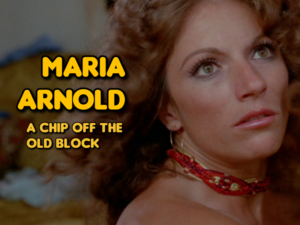
It’s safe to say that, not unlike the films themselves, the number of lost and forgotten actors and actresses from the early days of underground and sexploitation outnumber those that we remember and know anything substantive about. To that point, over the last few years we here at the Capri Show World Center have been digging into the “lost” stars, and have developed a sort of Capri Show World 10 Most Wanted list (although at any given time there is typically either more or less, and almost never exactly ten on that list). When we add someone to The List we do an initial review of what is known about them (if for no other reason than to verify that they actually are “lost”), and in these initial dives we’ve actually had considerable “luck” in developing promising leads, or in some cases actually finding these long lost thespians. And unfortunately all to often “finding” them means discovering they’ve have passed away. And it’s for this reason that we’re committed to keep trying to find them and tell their stories, and hope to whatever God or Whatever that may be looking down (or up) on us that we are able to find those that are still alive and kicking, and that they will be willing to share their stories with us, because as each year goes on and with each one we loose more and more of that rich history of the early Golden Age dies with them.

The focus of today’s 10 Most Wanted is Maria Arnold, someone who began their adult film in the waning years of soft-core and made the transition to hardcore, and beyond. In just the first two years of her film career she worked with an impressive array of directors and producers, including Bob Cresse, John Hayes, Nick Millard, Lowell Pickett, Jack Genero, Ray Dennis Steckler, William Rotsler, Tom DeSimone, and even Ed Wood JR in NECROMANIA (as the main character, at least in as much as she sees the most screen, and skin time), and also as a reoccurring participant in Wood’s early Swedish Erotica and other loops. This is a topic for another post, and in fact there is ample work already being done in this area by Joe Blevens and Greg Dziawer on the Ed Wood Wednesday sight.
Fortunately, from the information I’ve gathered it appears Ms Arnold is probably still alive, although I’ve not been able to confirm this at the time of this writing. Therefore, in the absence of her direct input, we will not dwell on her post-acting life, we have to assume the possibility that Ms Arnold wishes to remain “lost” (although if you’re reading this Ms Arnold feel free to contact us, please!). But we can briefly look the other way, to her life prior to entering the underground entertainment world. And in doing so we will find that fruit didn’t fall all that far from the tree, so to speak.

Reseda High School – 1965
Marie Rose Arnold was born on May 2, 1947 in Los Angeles, CA, the second child of Phil and Tamarra (nee Franklin) Arnold. Yes, not unlike many early actors (Rene Bond, Rick Lutze, Casey Larrain, Sandy Dempsey, and many others) Ms Arnold actually used her real name, for the most part. Perhaps she didn’t feel the need, or perhaps she didn’t realize the staying power of what she was doing, and never would have anticipated that we’d be discussing her over fifty years on. Whatever reason for using her real name, it certainly makes our quest more straight forward. (Note: this article is not intended to be a career overview, we will be doing that at a later time).


Marie grew up in the Reseda/Van Nuys area of Los Angeles, and from all accounts was your typical high school student. She was voted both Best Smile and Best Body her senior year, perhaps a foreshadowing of things to come. She graduated from Reseda Hight School in 1965, and it’s generally accepted that at some point in the last half of the 1960s she became a bikini waitress (LA wouldn’t go full topless or nude until very late in the 1960s) and also was somewhat of a performer, telling jokes and playing the harmonica (although I’ve not been able to determine if this was while she was in a bikini or topless, or if this was a “straight” act). In her small segment of Playboy’s October 1971 article “The Porno Girls” Ms Arnold tells us that she’d “nursed acting ambitions since childhood.” She also mentions that her “late father was a vaudeville comedian”, and while a LOT of the “facts” found in adult magazines was nothing more than BS, it turns out this time this wasn’t an interesting “faux fact” made up by some editor, because as we’ll see, Ms Arnold’s father was indeed a vaudeville comedian, and much more. So, as the vaudeville MC’s would say, without further ado I give you Phil Arnold.


Popularly known as Phil Arnold, Philip Feivel Aronoff (the origin of one of Ms Arnold’s not-so-pseudonymous names) was born on September 15, 1909 in Hackensack, NJ, the son of Russian immigrants. Phil began his entertainment career very early on participating in amateur contest in NJ, where “he won them all”. According to “The Versatiles : A Study of Supporting Character Actors and Actresses in the American Motion Picture, 1930-1955” Phil’s first professional gig was at the Strand Theatre in Bayone, NJ, and it seems that he was already on the vaudeville circuits at least as early as 1922 (he would have been only 13), when Phil was the only male (with 12 females) in the Kidde Kabaret which was performing in Greenwood, SC. in October 1922. There are also notices for this same show being advertised as the Tiny Toddling Tots.
By 1926 (still only 15) Phil was with the Lee Mattison Show “His Troubles” as a marque named performer, and was being touted as a protege of Gus Edwards, noted vaudeville songwriter, music publisher, and theater owner, who, in addition to Phil, also “discovered” the likes of Walter Winchell, George Jessel (who we’ll see again), Eddie Cantor, Groucho Marx, Phil Silvers (who we’ll also see again), Ray Bolger, and Sally Rand, among countless others.


By 1927 Phil had shed “Aronoff” for “Arnold”, and was making a name for himself going solo. A review from the January 21, 1927 Central New Jersey Home News said that “Phil Arnold, going it alone, made the biggest hit of the show last night, his lien of chatter keeping up a continuous bit of laughter. His songs were good, but his chief and best bit of entertainment was that offered in his dancing. He certainly handled his feet in a way which pleased the audience.” Phil seems to have made it to the west coast for the first time in 1930 (although his home base would remain NY/NJ for a while yet), where his initial reviews were not so stellar, as seen in the June 18, 1930 review from the Hollywood Daily Citizen, “…last night something of the wholesome atmosphere of the place was spoiled by the wise cracks of Phil Arnold, whose attempts at being funny overstepped the bounds of good taste.” I guess the East Coast Schtick didn’t play well in La La Land…

Undeterred by what I would imagine was not his, nor his last bad review, Phil booked a spot in a new Fanchon & Marco review called “Busy Bee” Idea, in which he was billed as “the world’s fastest tap dancer”, and which toured the country through the rest of 1930. However, based on an early LA review in Variety (Aug13, 1930) of the show it seems that while Phil’s talents were noted, the show didn’t use him to his full potential:

“Opening gets away from the usual chorus routine with Phil Arnold and Leona Galen working in one. Girl (I assume they meant Galen) sings and Arnold taps. The latter, a good comic, is lost as he doesn’t have a chance to come on again until the finale, and then only to do a fall.”
Daily Variety, August 13, 1930
From there until the end of the decade Phil built his career as dancer, actor, comedian, and skill Master of Ceremonies, in shows through the USA, as well as tours of Europe and South America. He was variously described as note just now as “the world’s fastest tap-dancer”, “The Ambassador of Laffs”, and “Versatile Miniature Comedian and Internationally Famous Master of Ceremonies” (did I mention Phil was rather short?).
Starting in 1938 Phil was in a continuous string of films and television shows over the next 30 years, with only a slight pause from March 1941 to October 1945 while Phil played the role of Staff Sargent in the Army’s antiaircraft division during the little show called WWII. But I guess even then it wasn’t really a pause, because while he wasn’t fighting the good fight in the air he was producing G.I. shows as an extra-duty activity. In addition to keeping his entertainment talents well-greased during the war, Phil also found time to court and marry Tamarra “Tillie” Franklin (1914 – 2001), who also performed in local theater back in Iowa before the war, while both were stationed in Texas. After the war they settled for good in Los Angeles, and in 1946 their first born, a son, would arrive, followed by Maria Rose Arnold in 1947. Phil would go on to perform in nearly 200 films and TV shows, including 14 appearances in Three Stooges films/shorts, making him almost a regular I would think.


Many of the roles were small, the waiter, the guy on the street, some with few if any speaking lines. But then others were far more substantial, in fact even appearing as the main guest star on several TV shows throughout the 50s and 60s. Phil would appear with Phil Silvers at least once more, in 1963s IT’s A MAD, MAD, MAD, MAD WORLD. And in 1968 Phil would perform in what would be his last role, in the all-star Jackie Gleason bomb SKIDOO. Phil would pass away on May 9, 1968 of heart failure at he age of 58, just one week after Marie’s 21st birthday. Another Gus Edwards alumni, George Jessell, would give the eulogy at Phil’s funeral.
And not long after her father’s death (I have no evidence it was before) Marie would take up the family baton and begin her own career in the world of entertainment. And while their particular talents weren’t necessarily in the same categories, I believe it’s safe to say, to use the rather hackneyed phrase of this article’s title, Maria was a true chip off the old block, with over 50 film roles (according to imdb) in her decade long career (extrapolated out to the length of Phil’s career this would be on average nearly equal to his output, and that doesn’t even include the non-imdb listed array of shorts and one-day-wonders), and much like her father started in the waning days of vaudeville and then made a name for himself on the new medium of television, Marie/Maria started in the waning days of soft-core, and certainly made a name for herself in the medium of hard-core. As mentioned at the outset, this article wasn’t intended to be a career overview for Marie, but we will be putting that together at some point the future, because it certainly is worth a fresh look.
Here are a few screen caps from a very small sampling of Phil’s appearances, most of these are taken from a three part You Tube tribute painstakingly put together by A.C. Wiggle which you can enjoy here Part 1, Part 2, Part 3.










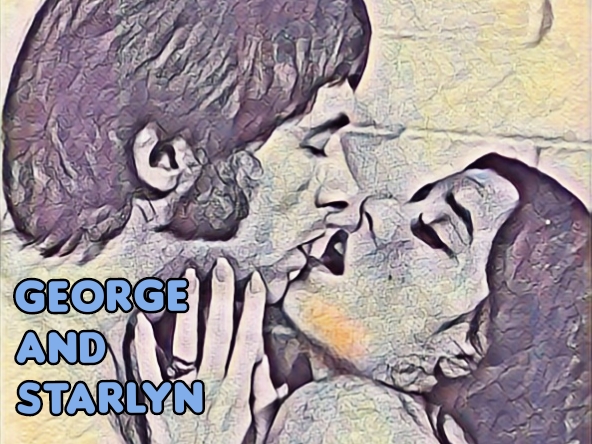
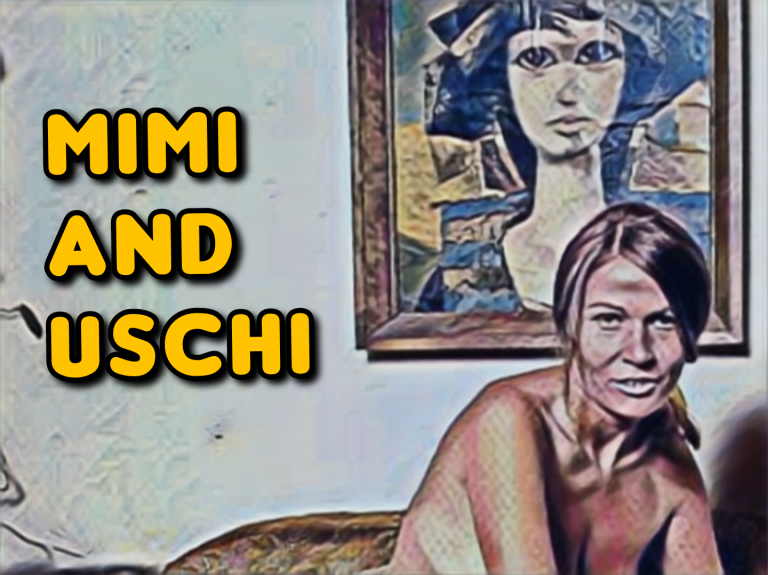
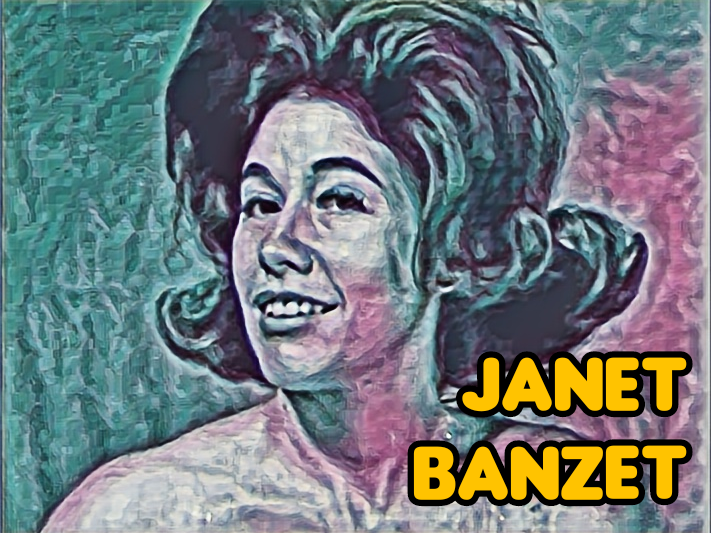
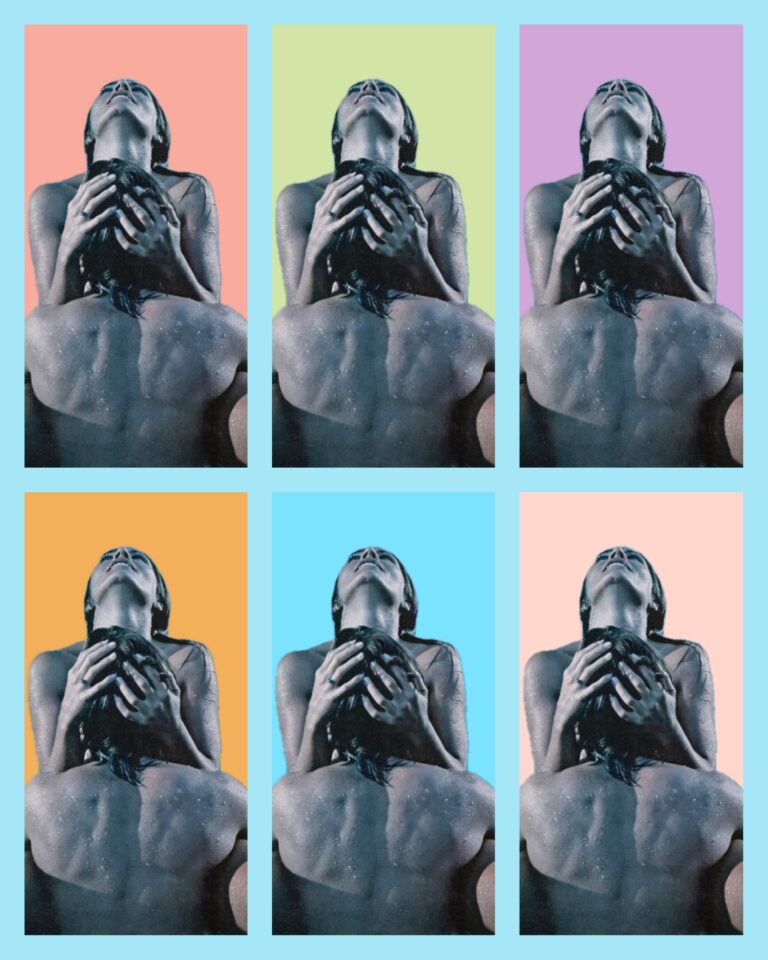
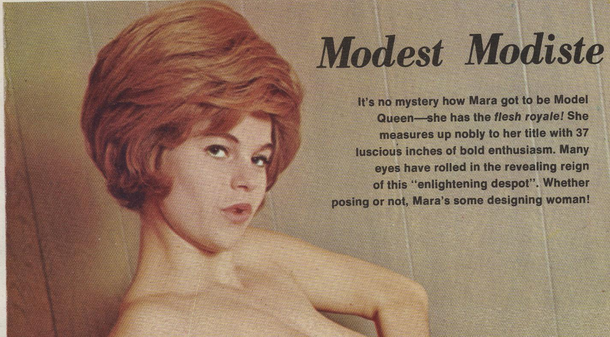
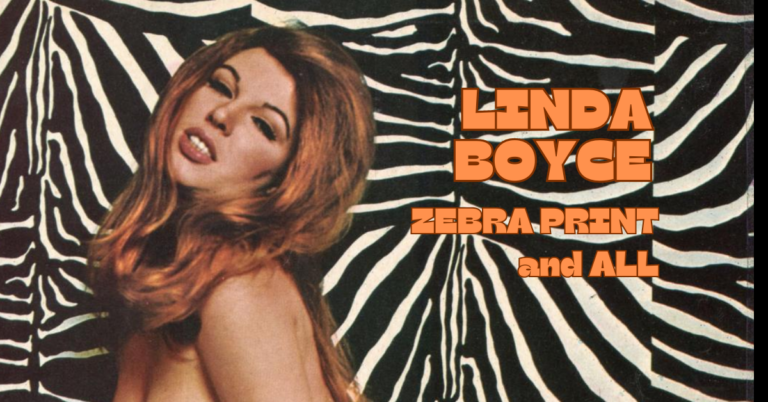
enjoyed the information. I hope you can find information on some of the many girls who appeared in the 60’s, 70’s and 80’s God bless these girls and those who are still with us.